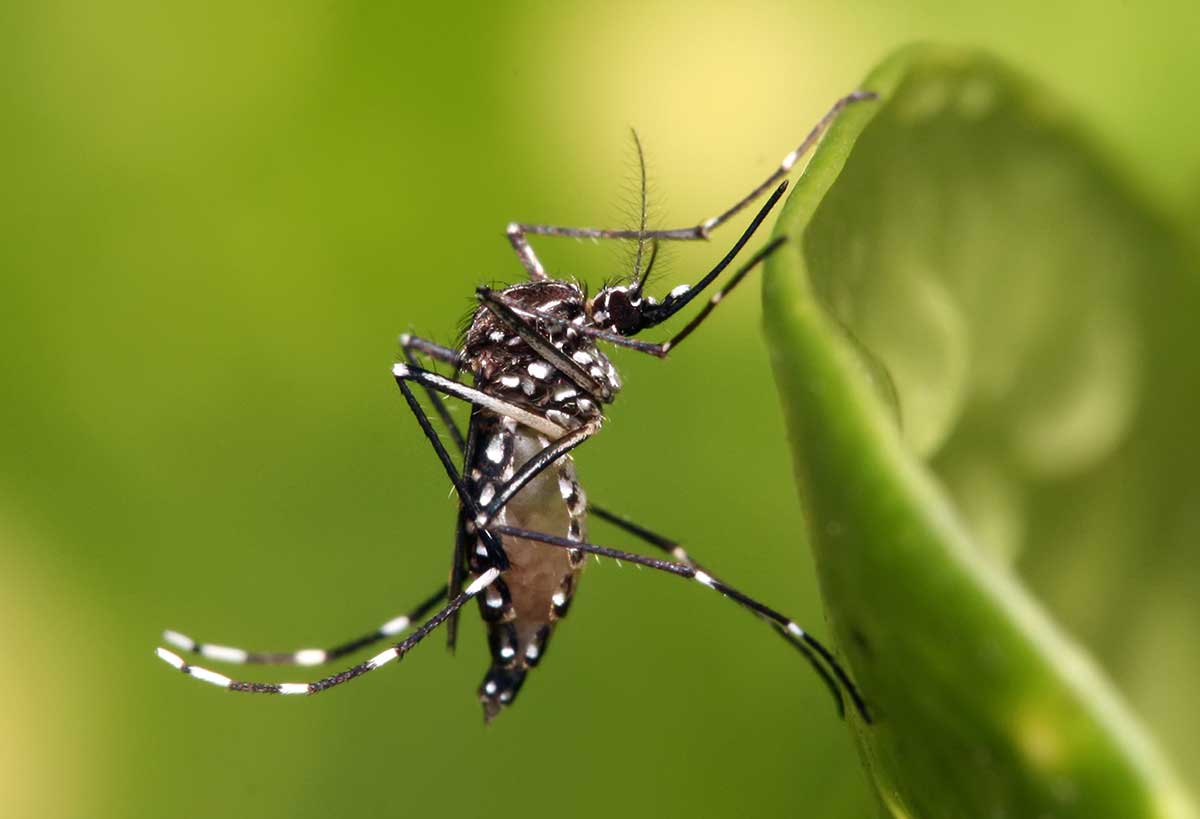Costa Rica News – I encourage everyone that lives in Costa Rica to get this app to start the fight against Dengue in the country or at least report the problems and see if the government actually acts. PS – Who did it surprise that with this problem facing Costa Rica, that the CR government actually cut spending to fight dengue and other mosquito carried diseases?
 Each year 22,000 people die from dengue fever, many of them children. More than 100 million people contract it each year, almost entirely from carrier mosquitoes. About 2.5 billion people live in areas where dengue infection is a risk.
Each year 22,000 people die from dengue fever, many of them children. More than 100 million people contract it each year, almost entirely from carrier mosquitoes. About 2.5 billion people live in areas where dengue infection is a risk.
“The real problem with dengue is it occurs in an epidemic fashion, so it can paralyse healthcare systems when it comes through a big city, causing thousands of hospitalisations,” says Gavin Screaton, at Imperial College, London. The only prevention is mosquito repellent or spraying mosquito spawning areas.
Now a team of developers in Costa Rica have created a free app to allow the public to easily report the standing water that acts as mosquito hatcheries, and allow the government to quickly spray these areas with pesticides.
Costa Rica experienced more than 50,000 cases of dengue fever in 2013, twice as many as 2012, costing the country more than $800,000 in disability payments, and causing one death. This was despite the government investing $6m in spraying initiatives.
The health ministry worked with Geotecnologias, a local web-mapping company, to create an app to enable them to crowdsource mosquito hatcheries. The app, Reporte Criaderos Dengue, was built on the ArcGIS online mapping software that works in the cloud, donated by the creators ESRI.
Luis Araya, business manager at Geotecnologias, explains: “We have a tool that everyone can use to publish and show places where the mosquito can grow. The best part of the solution is that it is in real time, and that everyone can access the reports and info of the raised ticket.”
Users can log on at a suspected mosquito location and upload pictures, and any breeding classification information, as well as leave their contact details for more information. The app also includes a module explaining preventative measures, as well as the contact details of the health ministry and Geotecnologias.
“There are over 10 reports a day,” says Araya. “The ministry is using them to focus their pest control process so they can improve the use of pesticides to eliminate the mosquito hatcheries on any reports uploaded with the app.”
The government plans to extend the app’s functionalities so the ministry can use it to manage the fumigators, record all visits and verify whether a site has been cleared or not.
Geotecnologias is also looking to extend its functionality. “Our goal was bring a solution to a public problem. We are working on other possible apps for malaria and chikungunya.”
From http://www.theguardian.com/ edited by Dan Stevens

